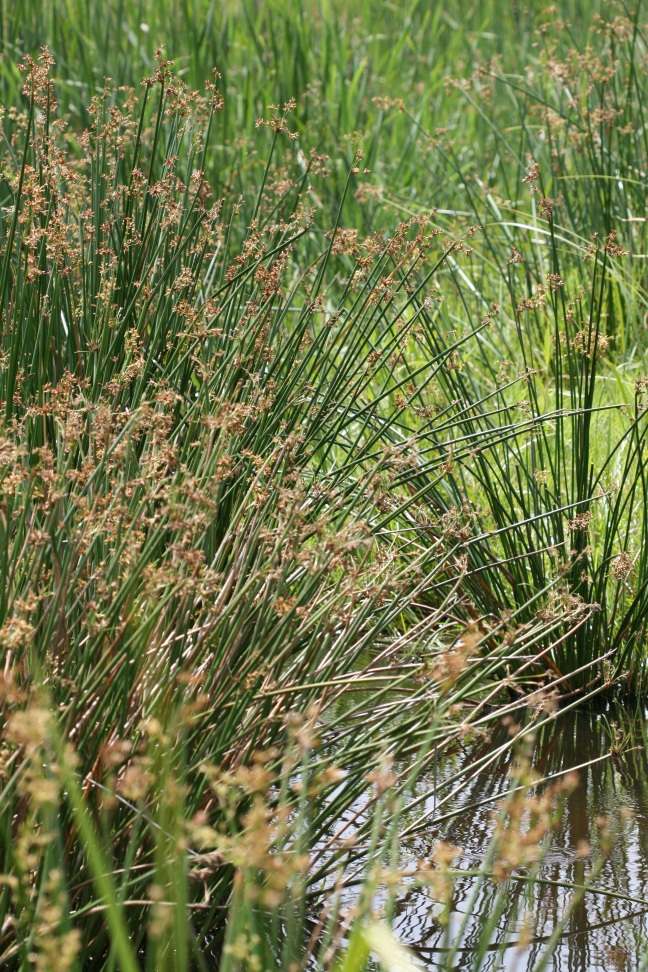If your smallholding is anything like ours, given the amazing rainfall we’ve had over the last couple of weeks, there will be areas of standing water. Now would be a good time to consider setting up your own mini wetland, wildlife pond or marsh garden.
If you already have water in your field that has not drained away or evaporated, you can design your pond next to it. The land needs to be reasonably flat – if the ground looks flat enough to pitch a tent on for a good night’s sleep, it’s probably level enough. Mark out the shape that you want with string or sand. The size will depend on how much space you have and how much water has collected. Avoid straight lines or a perfect circle, so that it looks more natural.

Dig out the grass and soil, creating sloping sides and gradually reaching about 1m depth in the middle. Line the trench with black plastic sheeting. Mix 1/3 of the soil with 1/3 river sand and 1/3 compost and refill the hollow.
Before allowing the water in, you might want to plant some of the underwater “oxygen weed” that is used in aquariums.
Allow the water to overflow slowly into the area. It is quite likely that the standing water is in the lowest part of your plot so that all runoff water has collected there.
Plant marsh loving plants such as the bamboo reed (Elegia capensis), dekriet (Chondropetalum tectorum), Vlei bluestem (Andropogon appendiculatus, Bulrushes (Typha capensis), peacock flower (Dietes bicolor) and the wild iris (Dietes grandiflora). Look out for sedges (Cyperaceae), which are grass like plants that grow in wetlands. Plant wonderlawn (Dichondra repens) or the indigenous daisy lawn (Phylanodiflora) as low ground covers around the wetland perimeter.
You will soon be rewarded by insects, birds and small forms of wildlife taking up residence. If you can keep the area wet through the winter, you are quite likely to have frogs aplenty in the spring.

